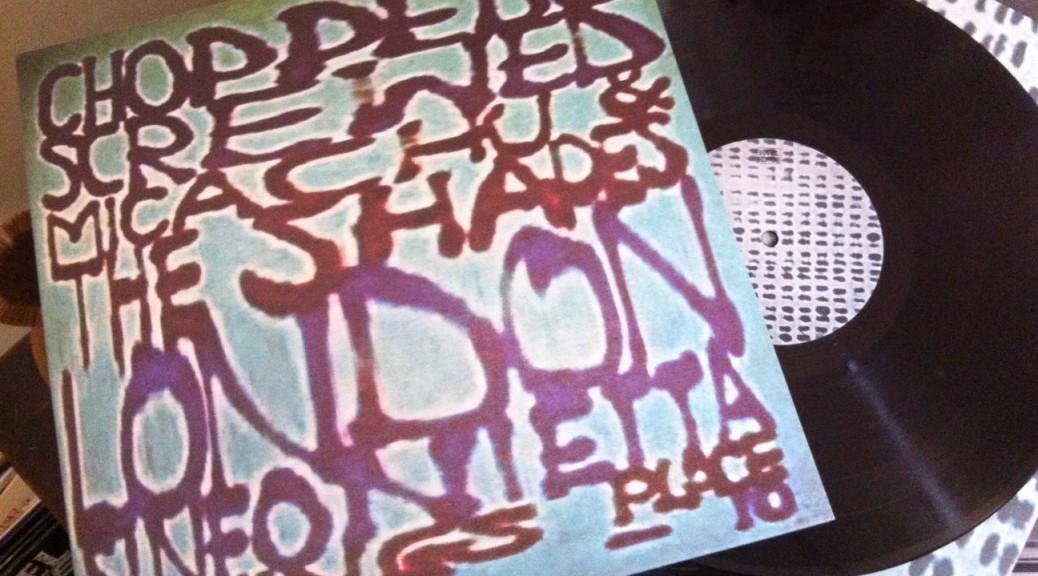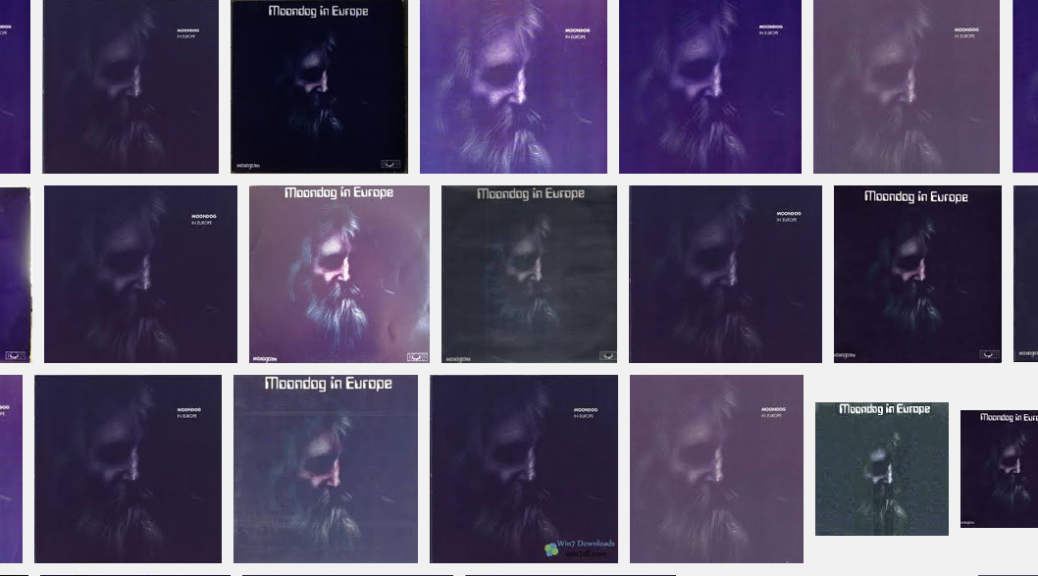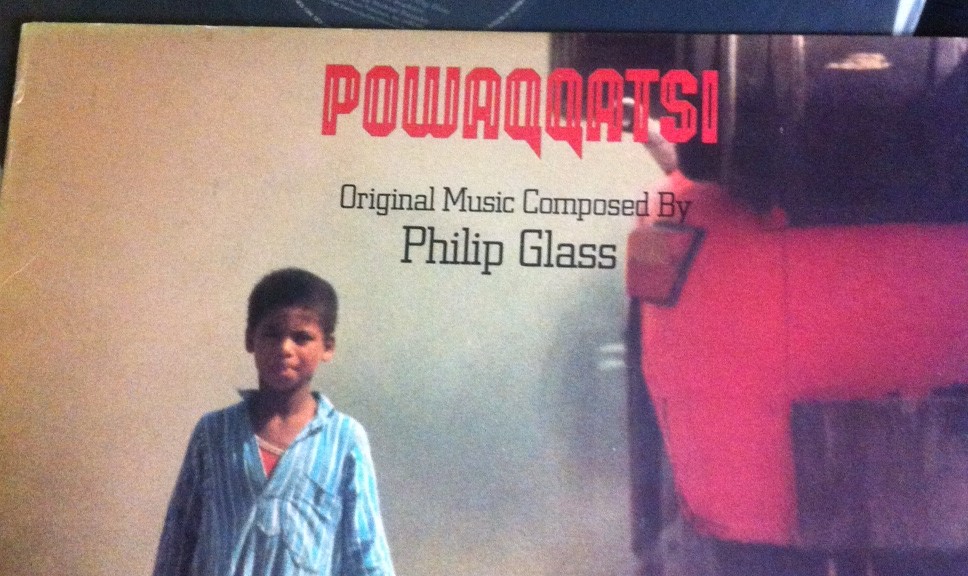Micachu and the Shapes with the London Sinfionetta- Chopped and Screwed
This is a menacing moody dissonant masterpiece, with all the off centre features of Micachu and the shapes song transcribed into an orchestral setting. Not everyone can pull off dissonant in a satisfyingly musical manner, but Micachu and the shapes have the chops to pull it off. That said there are more than a few songs with vocals and a few hooks to hold onto.
I came to Micachu and the Shapes after hearing they were Bjork’s favourite band for a period of time. They are usually catchy melody driven dissonant pop songs. This album is anything but that, there are some recognisable elements but this is a true artistic departure from that known way.
Even from their elarlier debut album, you could tell they were super talented to twist such catchy pop songs in a way that didn’t distort it away from the song. I don’t find any weird for weirds sake posing in the way they put toether songs.
Released
2011, through Rough Trade
Lyrics
There are some lyrics but they blend into a soundscape more than ever taking centre stage.
Mood –
While there are inherently menacing elements to a musical palatte that leans so heavily on dissonance. Paradoxically there is a warmth throughout the numbers on this album which are absolutely delightful.
Good to work to –
I find this album to be great for putting me into a mood that allows me to keep on going and block out the world really effectively.
Like–
I could possibly put it into the minimalist classical school. But that is most probably a misnomer, as the songs are only repetitve in theme for a length of time more similar to a pop album, than as opposed to something like Steven Reich or something like that.
The Artist/s – Micachu and the Shapes with the London Sinfionetta
The London Sinfionetta are classical muscians first and foremost, but they are part of a body that promotes new contemporary music. I had a quick look on the web and they seem to have played on lots of things, but they’re not like a band or something. They sound pretty darn fine to me though. You can go on their site and check out many of their other collaborations and listen and watch.
http://www.londonsinfonietta.org.uk/recordings
Micachu and the Shapes are
Mica Levi – vocals
Raisa Khan – Keyboards
Mark Pell – drums
Micachu and the sahpes specialise in differnet time signatures, distortion, non-standard tunings, found object intruments and generally putting a different slant on classic pop. This album is nothing like there standard though.
Other works
If you are curious about Micachu and the shapes they have an absolutely transcendent alternative pop album. Starting out with Jewellry which I think every household should have. It is such a sunny beautiful weird album you can’t go wrong.
If you are interested in hearing some mix tapes in a completely different style, there are several available online for free download
http://www.btsradio.com/index.html
Where Can I buy it, and in what formats
You can find this album on iTunes and the link is shown below, there was also a limited edition album version on vinyl. This is one of my favourite albums, and it is just great to get into a different headspace.
The Verdict
Yes, it’s great, but maybe have a listen to it first at the iTunes link above and see if it’s your cup of tea









